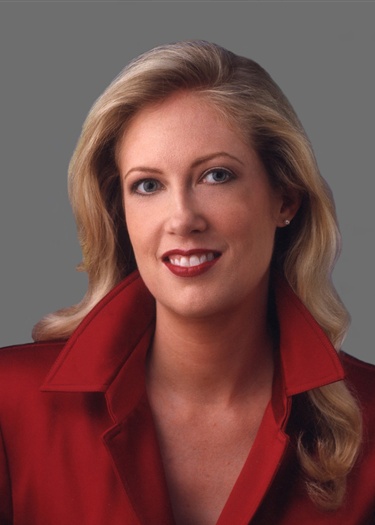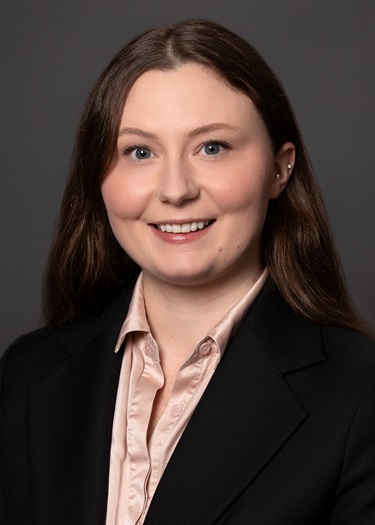Employee Benefits and Executive Compensation Update
Time to Catch Up With 2025 Year-End Action Items for Your Tax-Qualified Plan
Part of our ongoing series providing a more in-depth analysis of certain employee benefit provisions of the SECURE 2.0 Act.
The SECURE 2.0 Act of 2022 (SECURE 2.0), which made sweeping changes to the rules governing tax-qualified plans, contains changes that take effect by the end of 2025 or during the upcoming plan year. The changes may require planning in light of the time needed for recordkeepers to implement changes to the plan’s operation or documentation. Plan sponsors should act now to determine which of the following changes may apply to their plans.
- Catch-Up Contributions Required to Be Roth for Certain High-Earning Participants: 401(k) plans may allow participants who are age 50 or older to make additional elective deferrals, known as catch-up contributions. SECURE 2.0 added a requirement that certain high-earning participants (as described below) must make catch-up contributions as Roth contributions rather than as pretax contributions. This requirement was originally due to take effect in 2024 but was delayed due to concerns that plans and service providers could not change their administrative and recordkeeping procedures in time to comply.
The IRS recently published final regulations that provide further guidance on how to implement the Roth catch-up requirement. The final regulations are effective November 17, 2025, and generally apply to contributions in taxable years beginning after December 31, 2026, but also provide that plans mustadminister the Roth catch-up requirements starting January 1, 2026, based on a good-faith interpretation of the final regulations. Plan amendments are not required until December 31, 2026.
Under the final regulations, the Roth catch-up requirement will apply to 401(k) plan participants who earned more than $145,000 in Federal Insurance Contributions Act (FICA) wages (adjusted for inflation) during the prior taxable year from the employer sponsoring the plan (such participants being “high earners”). As a result, plan sponsors with high earners must (1) ensure that their plan requires catch-up contributions for high earners to be treated as Roth contributions (“deemed Roth catch-up election”) or (2) preclude high earners from making catch-up contributions if the plan does not permit Roth contributions and the plan sponsor does not amend the plan to add a Roth feature. The plan must also allow high earners an effective opportunity to opt not to make catch-up contributions if they are subject to a deemed Roth catch-up election.
Special considerations for plans sponsored by more than one employer. The proposed regulations provided that FICA wages could not be aggregated across multiple participating employers in the same plan, meaning that for a participant who transferred between employers, only the prior year’s FICA wages from the participant’s current employer would be considered in determining whether the participant is a high earner. In response to various comments highlighting the administrative difficulty of tracking FICA wages in such circumstances, the final regulations provide that FICA wages may be aggregated between employers who are part of the same controlled group or who share a common paymaster. - Requirement to Provide Paper Benefit Statements: For plan years beginning after December 31, 2025, (1) defined contribution plans must provide a paper benefit statement to each participant at least once every year, and (2) defined benefit plans must do so at least once every three years. There is an exception to the requirement if the participant opts out of receiving paper benefit statements or the plan’s current practice for providing benefit statements meets the requirements of the U.S. Department of Labor (DOL) electronic delivery safe harbor (which relies on affirmative consent and electronic access as an integral part of employment).
Action Items for Plan Sponsors:
- Ensure that the plan has processes in place to (i) identify participants who may be high earners subject to the Roth catch-up requirement and (ii) track FICA wages.
- If the plan allows for Roth contributions, ensure that the plan has a system to implement deemed Roth catch-up elections for participants who are subject to the Roth catch-up requirement.
- If the plan does not provide for Roth contributions, ensure that the plan does not allow participants subject to the Roth catch-up requirement to make catch-up contributions, or consider amending the plan to allow for Roth contributions.
- Prepare to provide paper benefit statements to participants at least once a year for defined contribution plans or at least once every three years for defined benefit plans, or ensure that the plan’s current practice for providing benefit statements complies with the DOL electronic delivery safe harbor.
Attorney Advertising—Sidley Austin LLP is a global law firm. Our addresses and contact information can be found at www.sidley.com/en/locations/offices.
Sidley provides this information as a service to clients and other friends for educational purposes only. It should not be construed or relied on as legal advice or to create a lawyer-client relationship. Readers should not act upon this information without seeking advice from professional advisers. Sidley and Sidley Austin refer to Sidley Austin LLP and affiliated partnerships as explained at www.sidley.com/disclaimer.
© Sidley Austin LLP
Contacts
Offices
Capabilities
Suggested News & Insights
- Stay Up To DateSubscribe to Sidley Publications
- Follow Sidley on Social MediaSocial Media Directory

